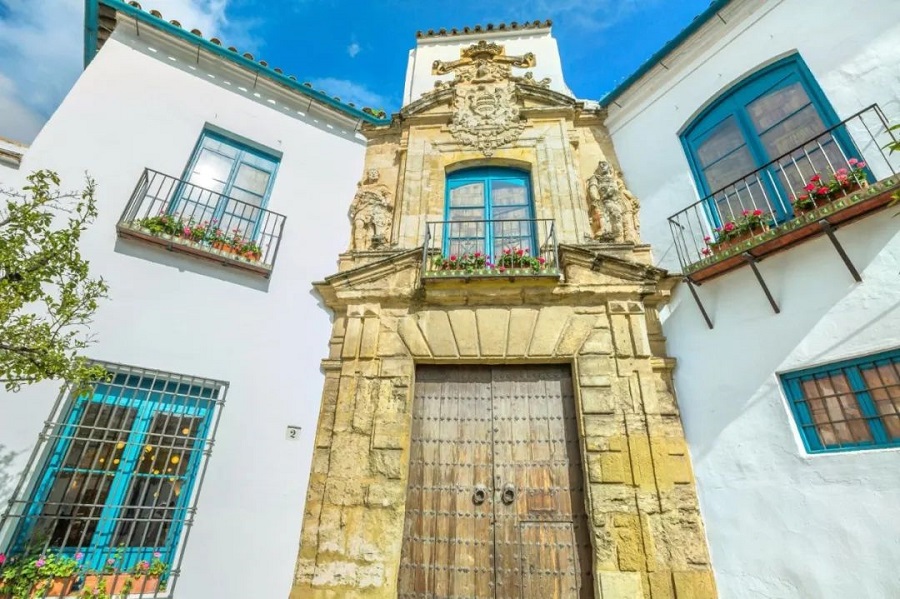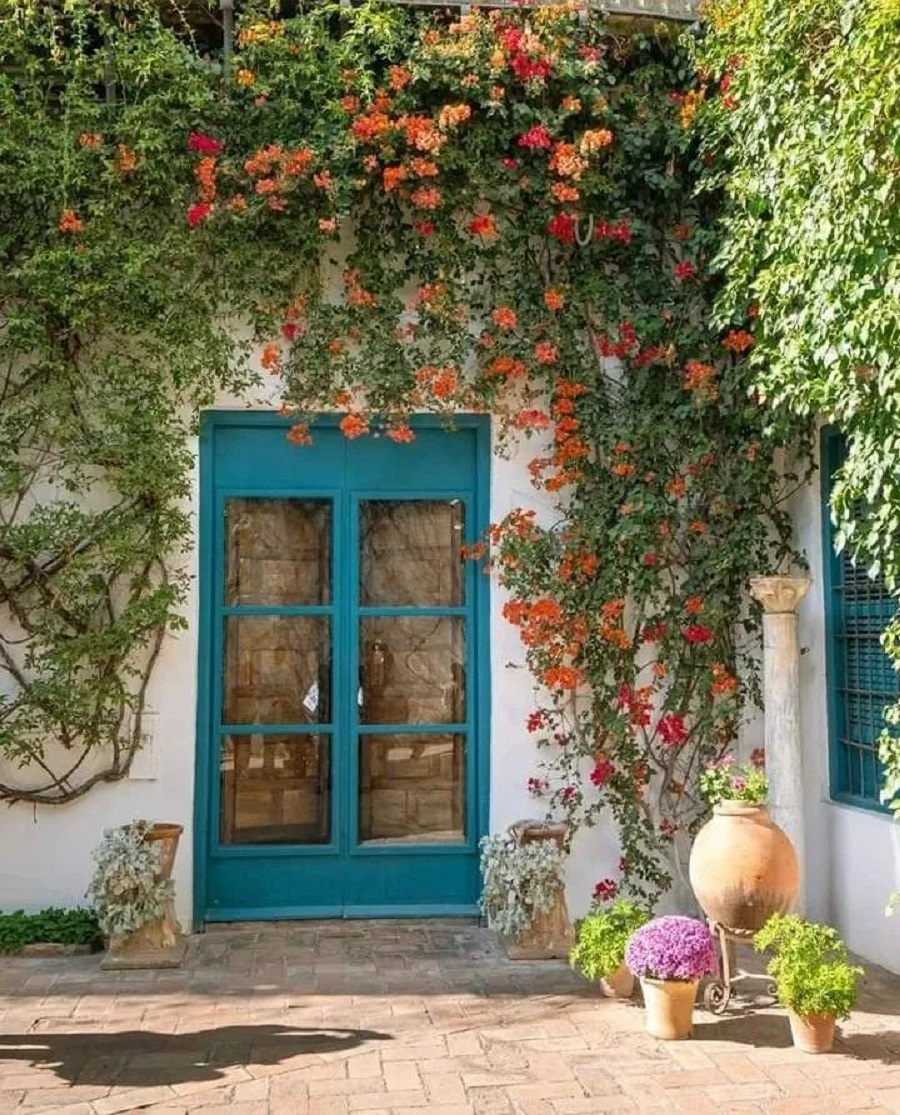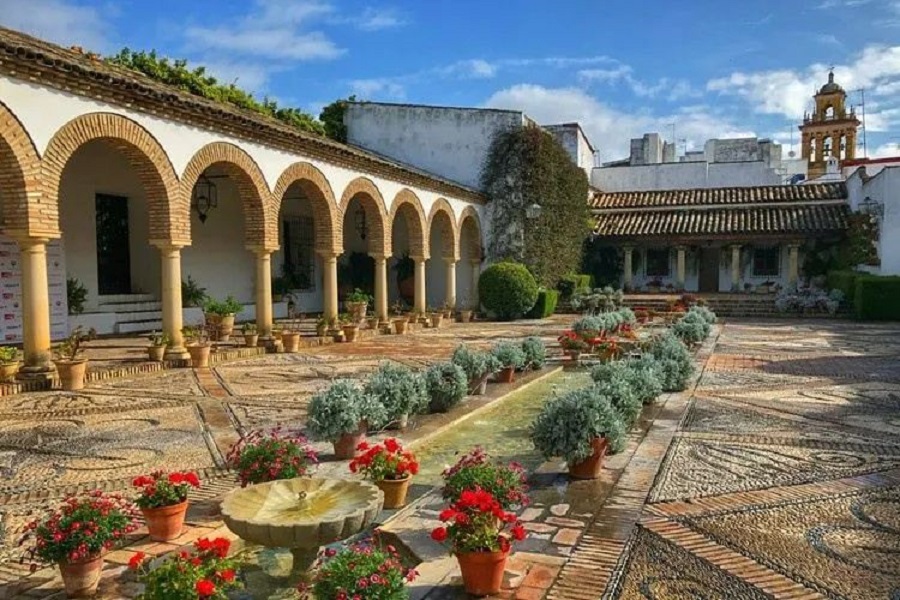Cordova
source:Silk Road Dialogue Committee|Release time:2022-08-15|Number of views:
Córdoba is a city with many cultural heritage and monuments. Thanks to its strategic location on the River Guadalquivir, on the one hand, and the numerous relics left by the different peoples who once lived in the city, Córdoba is at the heart of Western history. Strip a city occupying a special position. Its vast Arabian Caliphate (Arabic, literally translated as Successor State) was the most glorious in medieval Europe, and it built a permanent bridge between East and West.
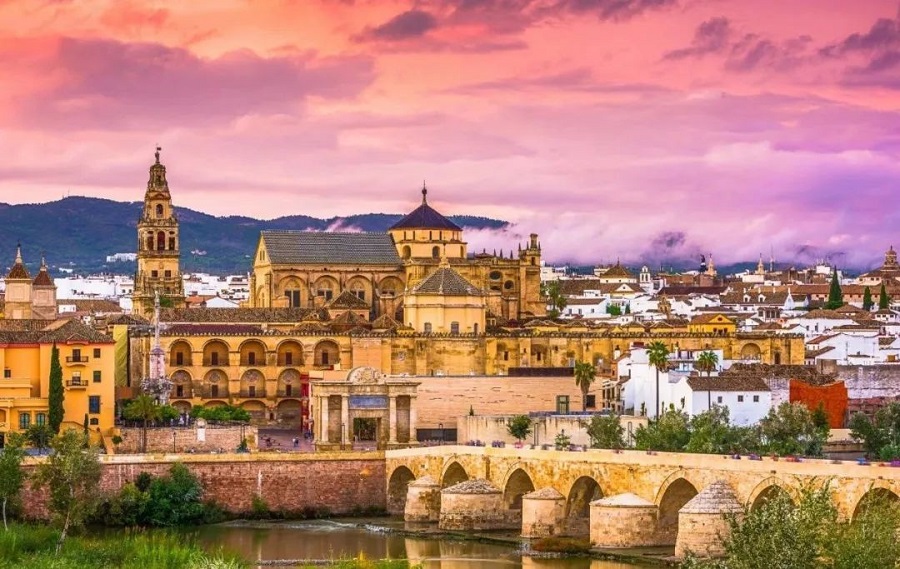
The Grand Mosque of Cordoba is located in the center of Cordoba, adjacent to the Guadalquivi River. It is a famous world cultural heritage in Spain and an important symbol of Cordoba, a city in southern Spain. The temple building area of 4,000 square meters, can be described as magnificent. For Spanish Muslims, Córdoba is a place of pilgrimage after Mecca and Jerusalem.
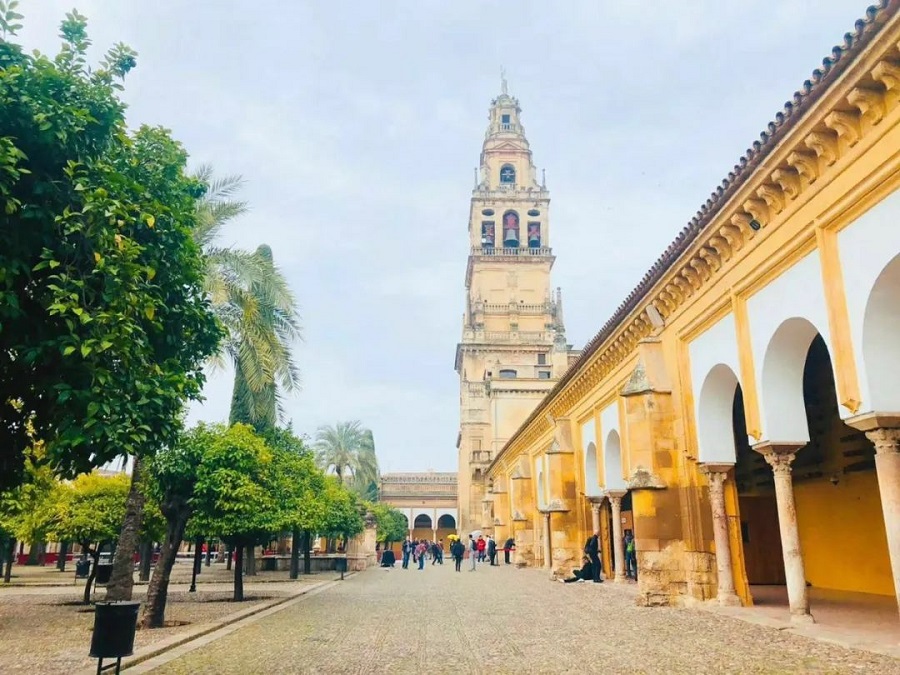
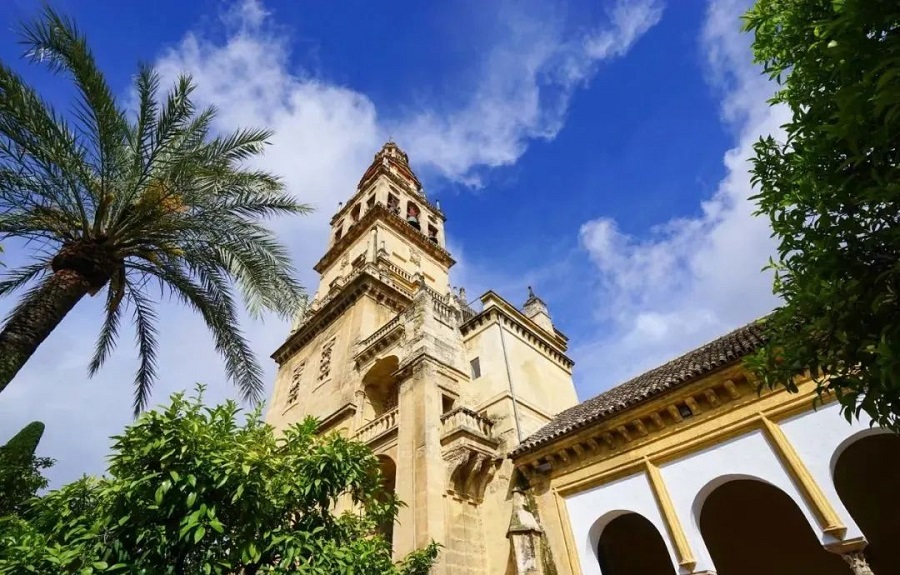

The ancient Roman bridge is still in use today, its northern end is the Great Mosque and the ancient city, and the southern end is connected to the Andalusian Museum. Standing at the southern end of the bridge, the majestic buildings on the opposite bank and the quaint bridge are in perfect harmony. The Roman Bridge was built in ancient Roman times and expanded to its current size in the Moorish era. The bridge is built with boulders, with porous bridge openings, straight bridge decks, and semicircular platforms evenly distributed on both sides of the bridge body.

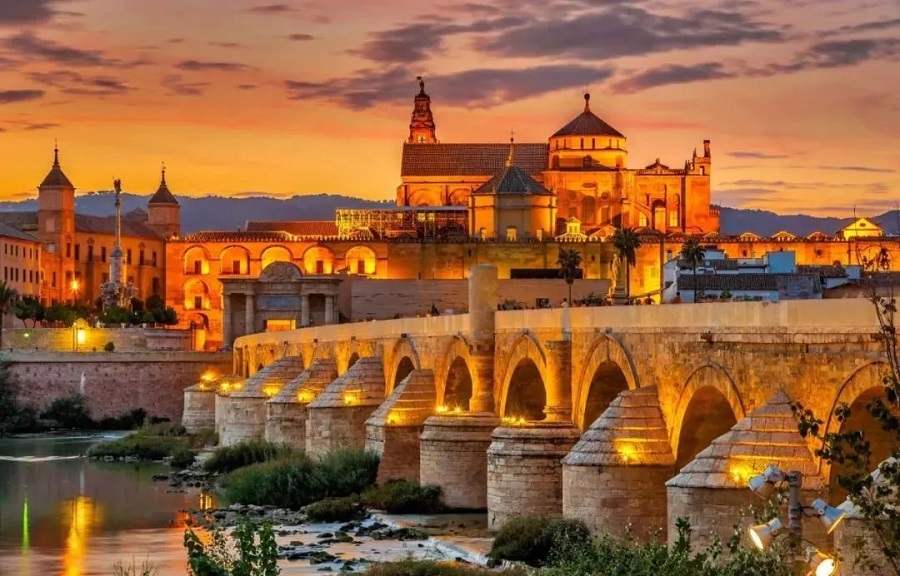
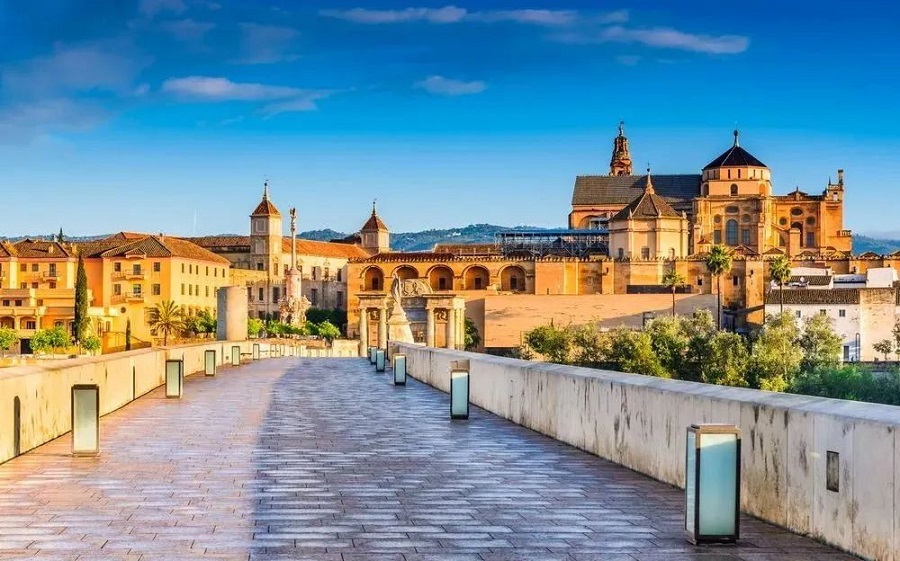
Baihua Alley, located in the Jewish quarter next to the Mosque (Cathedral) of Cordoba, is an alley less than 100 meters long and less than three meters wide. Pots of flowers hanging on the white wall always decorate the alley with freshness and beauty.
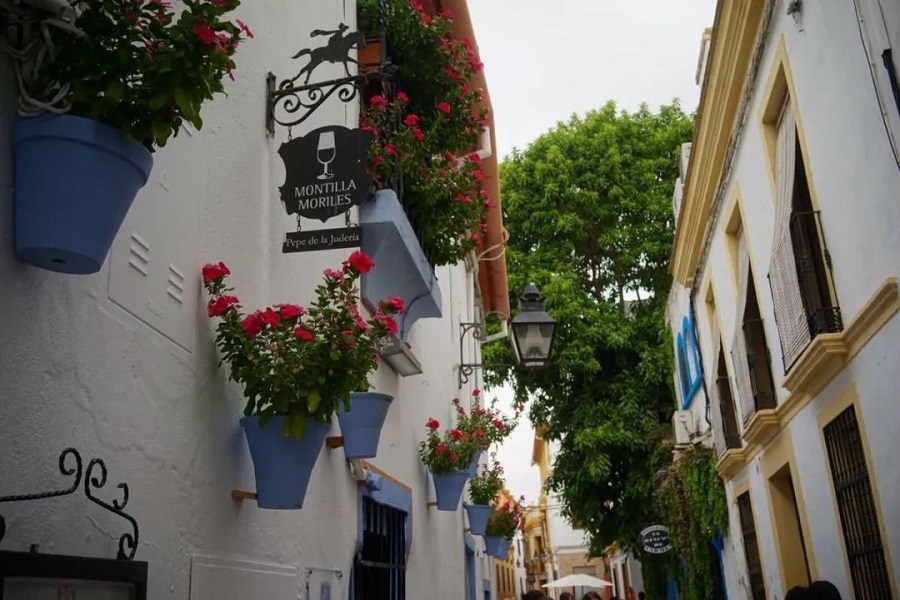
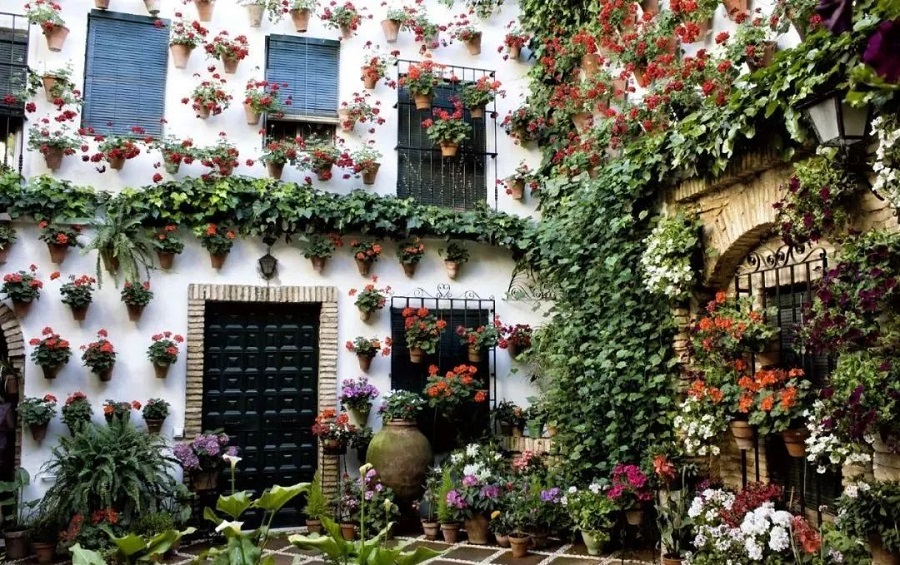
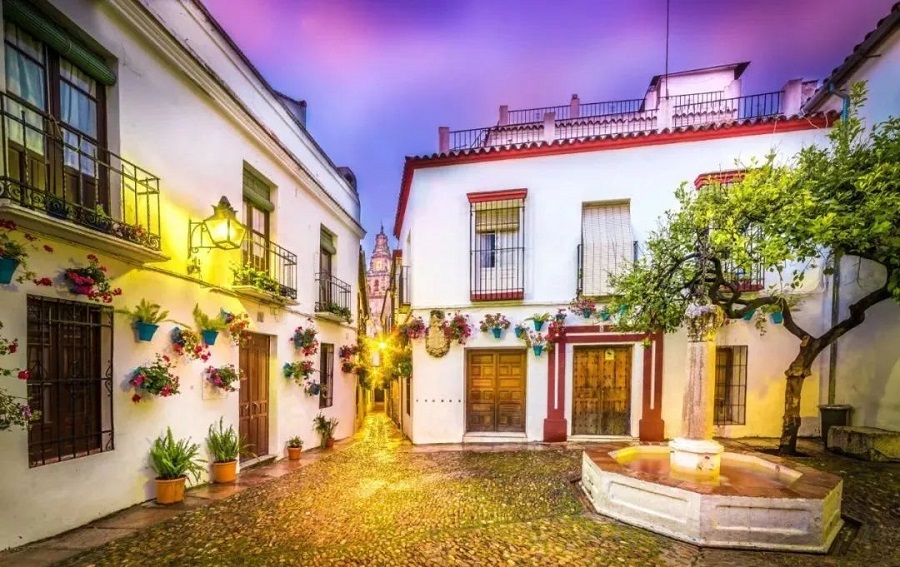
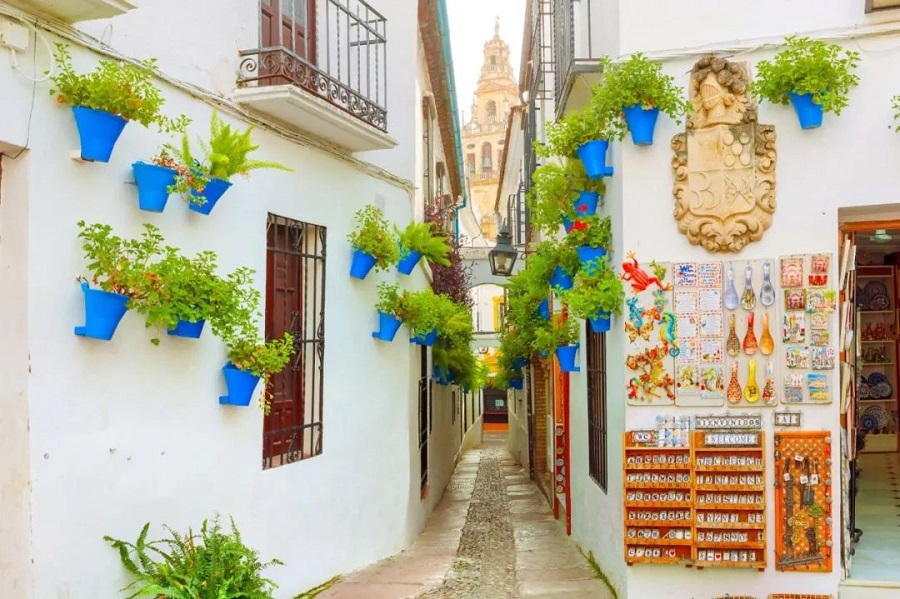
The Royal Palace of Cordoba is actually a castle. The Islamic caliphs and Christian kings lived here, Fernando III planned his final strike against Granada, and Columbus met the Catholic kings here for support. The palace as a whole is a square courtyard, surrounded by high walls and towers that appear indestructible, but outside the high walls is a beautiful garden.
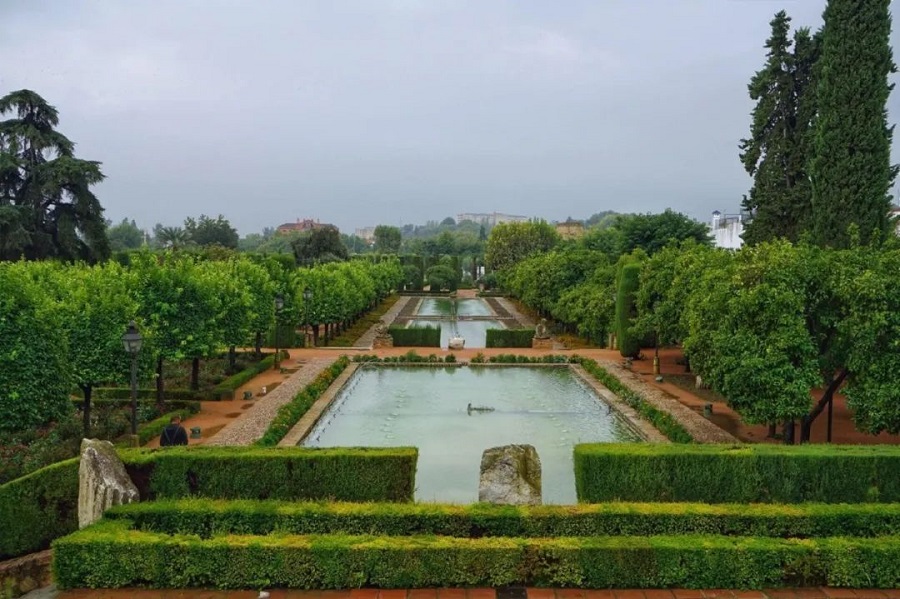
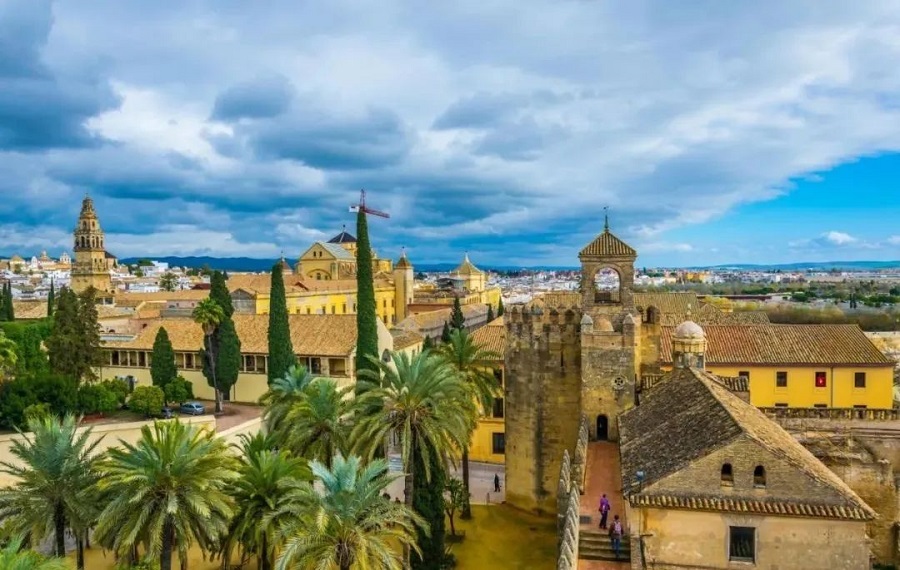
The Viana Palace is located east of the center of Córdoba and is famous for its 12 patios and courtyards. Since 1981, the palace has been opened to the public in the form of a museum, which houses artworks, swords, ceramic tiles and other artifacts from the 16th to 18th centuries. The palace has won several awards from the Courtyard Festival in Cordoba, so it also has the nickname of " Courtyard Art Museum".
